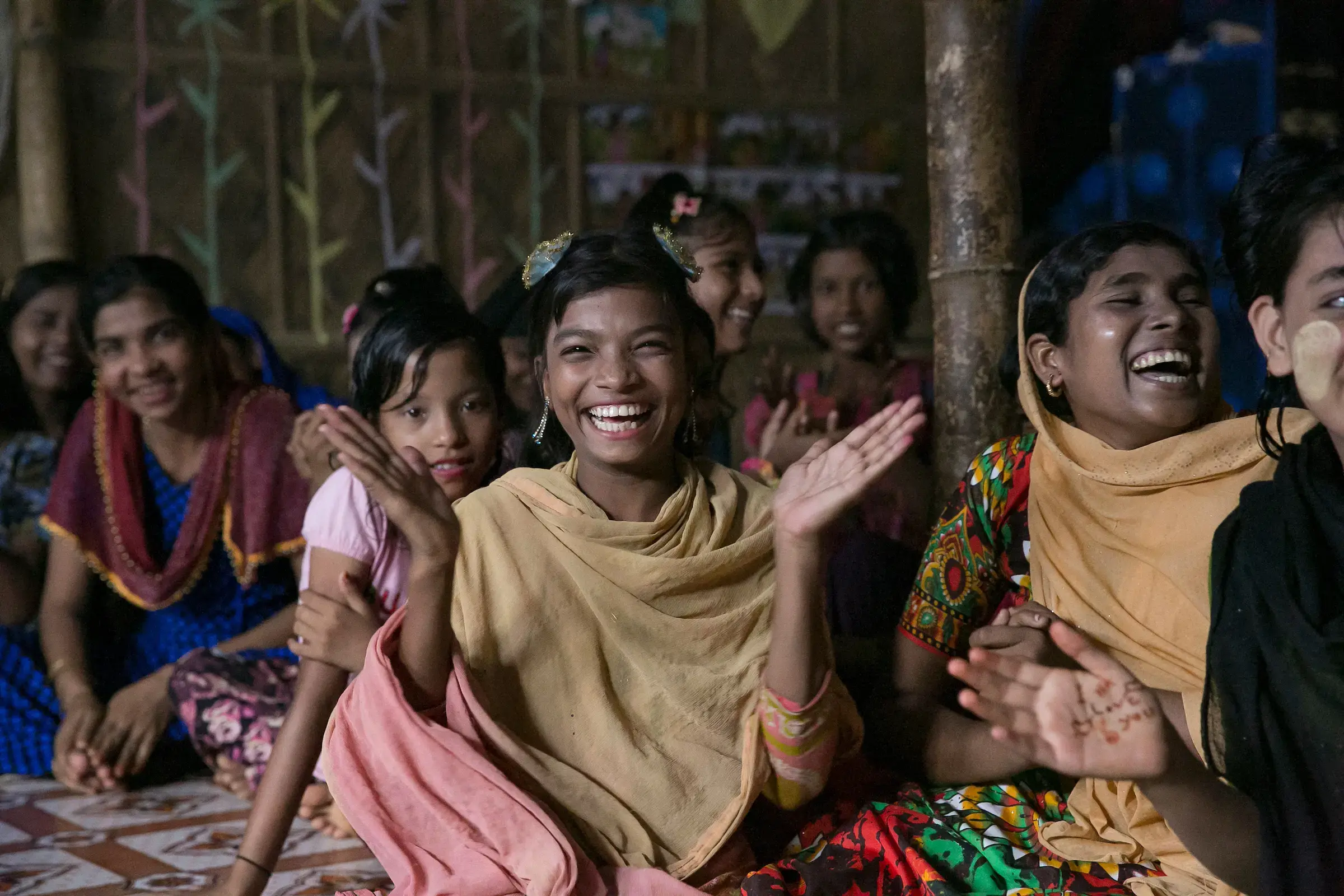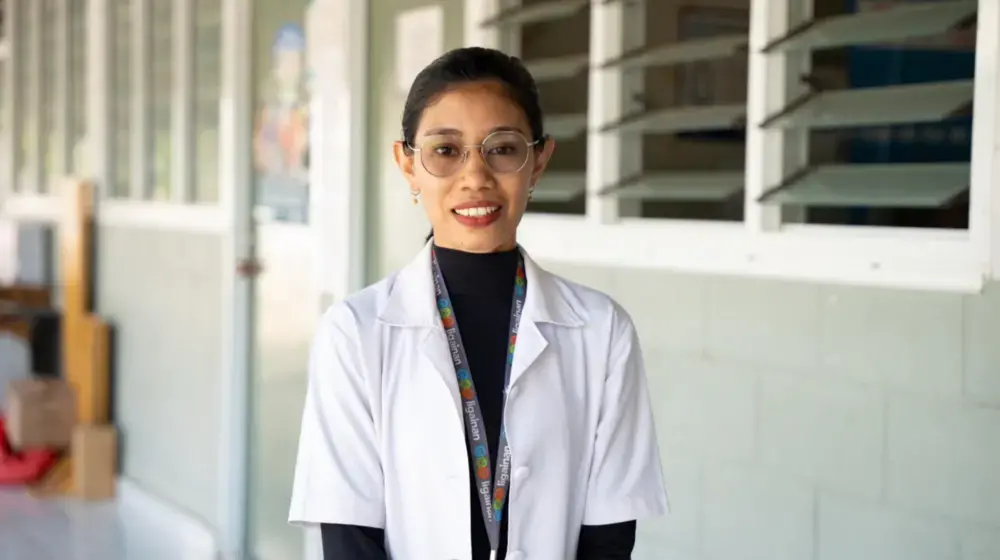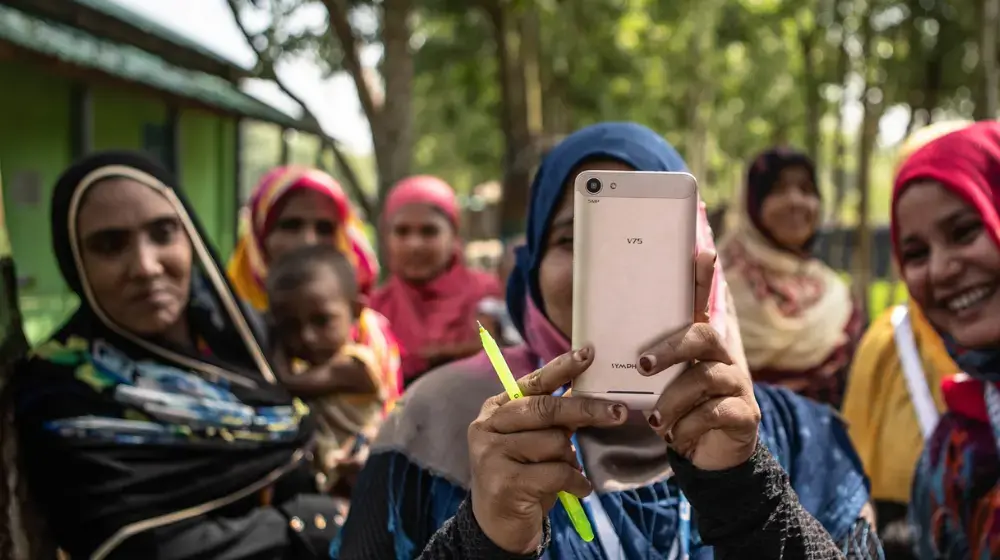Since 2012, 11 October has been marked as the International Day of the Girl. The day aims to highlight and address the needs and challenges girls face, while promoting girls' empowerment and the fulfillment of their human rights.
2019 Theme — GirlForce: Unscripted and Unstoppable
Nearly 25 years ago, some 30,000 women and men from nearly 200 countries arrived in Beijing, China for the Fourth World Conference on Women, determined to recognize the rights of women and girls as human rights. The conference culminated in the adoption of the Beijing Declaration and Platform for Action: the most comprehensive policy agenda for the empowerment of women.
In the years following, women pressed this agenda forward, leading global movements on issues ranging from sexual and reproductive health rights to equal pay. More girls today are attending and completing school, fewer are getting married or becoming mothers while still children, and more are gaining the skills they need to excel in the future world of work.
Today, these movements have expanded. They are being organized by and for adolescent girls, and tackling issues like child marriage, education inequality, gender-based violence, climate change, self-esteem, and girls’ rights to enter places of worship or public spaces during menstruation. Girls are proving they are unscripted and unstoppable.
This year, under the theme, “GirlForce: Unscripted and unstoppable”, we will celebrate achievements by, with and for girls since the adoption of the Beijing Declaration and Platform for Action.
Why do we mark International Days?
International days are occasions to educate the public on issues of concern, to mobilize political will and resources to address global problems, and to celebrate and reinforce achievements of humanity. The existence of international days predates the establishment of the United Nations, but the UN has embraced them as a powerful advocacy tool.





